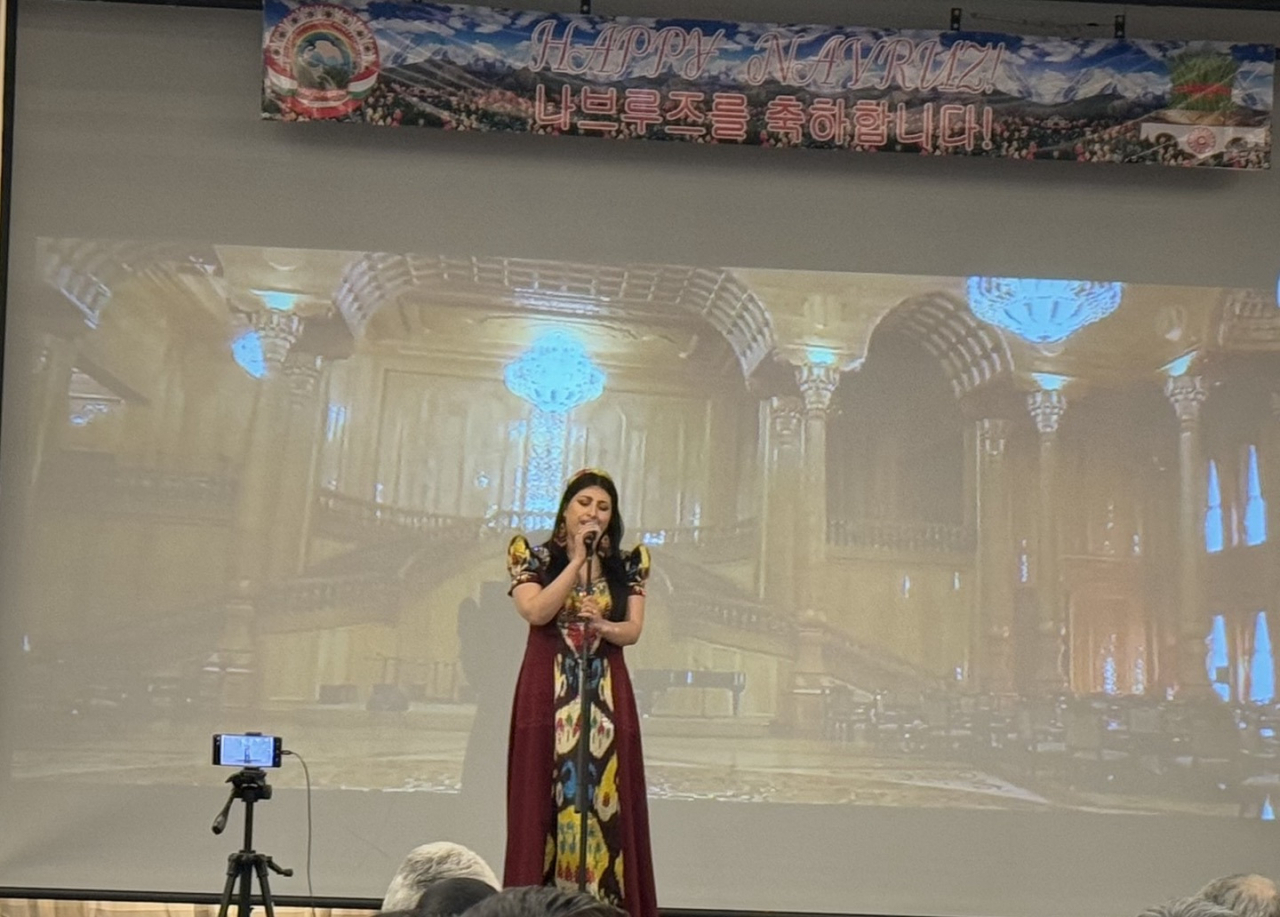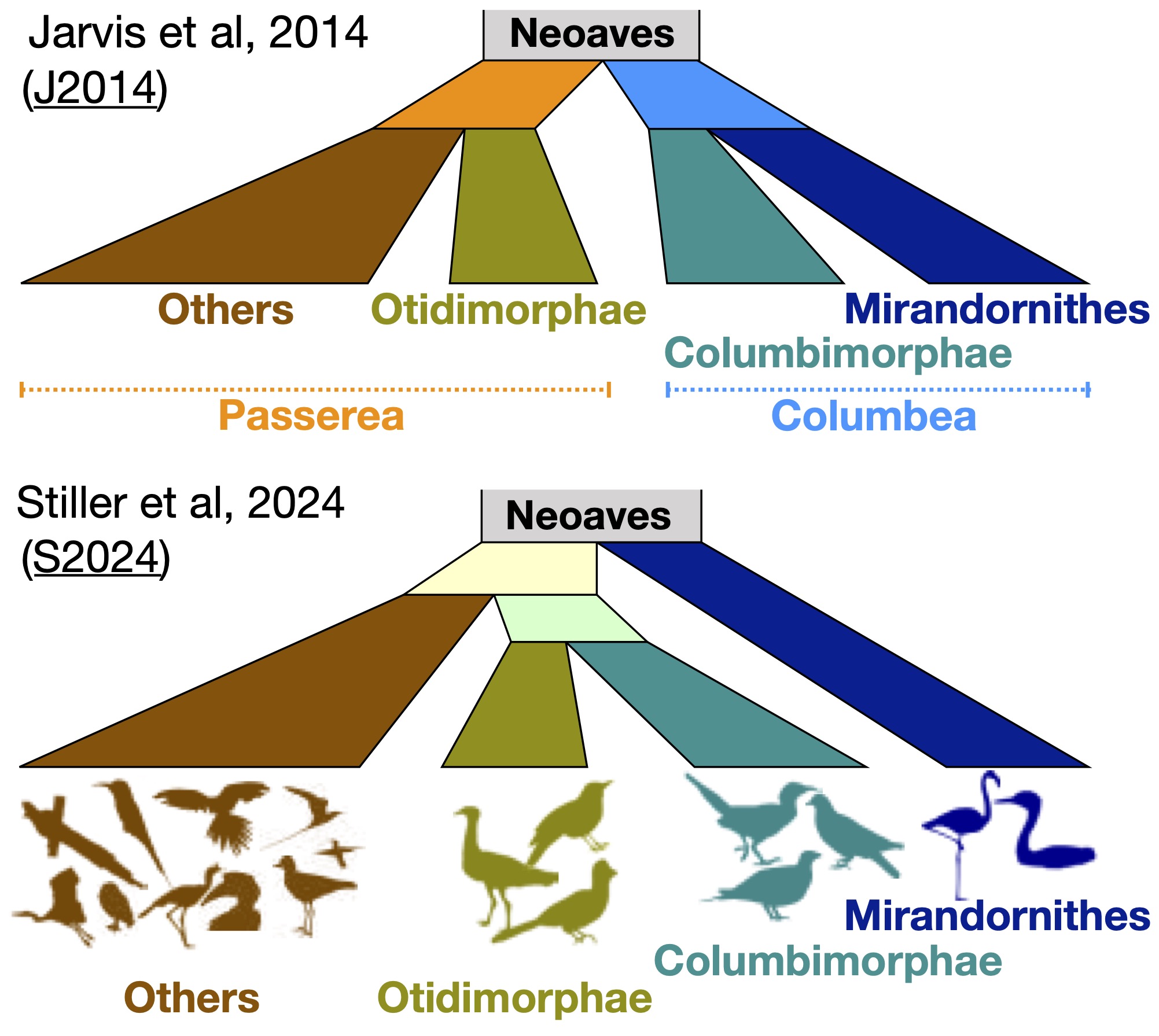These game
Despite places like Australia being bathed in sun, the cost of traditional silicon-based solar cells hasn't inspired people to buy, buy, buy.
But what if you could make the technology cheaper and produce it at a higher scale? Some believe that printed solar is the way forward.
SEE ALSO:Meet the company vying to take on Tesla in clean energyLeading the charge is Paul Dastoor from the University of Newcastle in Australia and his team of researchers, who are in the final stage of testing his printed solar solution.
 Credit: UNIVERSITY OF NEWCASTLE
Credit: UNIVERSITY OF NEWCASTLEThe University of Newcastle is one of only three sites in the world testing printed solar, which uses electronic inks to conduct electricity. These can be printed at "massive scale" by machines, meaning they could be used for speedy rollout across large areas. Handy, especially in times of disaster.
"It's completely different from a traditional solar cell. They tend to be large, heavy, encased in glass -- tens of millimetres thick," Dastoor explained. "We're printing them on plastic film that's less than 0.1 of a millimetre thick."
 Credit: university of newcastle
Credit: university of newcastleDastoor said the printed solar panels outperform solar photovoltaics panels in low light, and could prove to be more cost-efficient than fossil fuels.
"One of the advantages of these materials is they generate more electricity at low light levels than conventional PVs [photovoltaics], so that means I don't really care where the roof is pointing, I just put it on there," he said.
"And what we've shown through a series of economic models is that we can get these devices printing such that they're readily comparable with PV devices. In fact, we expect in a short period of time the energy we generate will be cheaper than that generated via coal-based fire stations."
"We expect in a short period of time the energy we generate will be cheaper than that generated via coal-based fire stations."
Dastoor hopes the tiles will eventually be printed at less than A$10 (US$7.42) per square metre, considerably less than Tesla's PV Solar Roof at A$315 (US$235). But before you rush out with your money in hand, the tiles' performance and durability is still being tested.
"We've put in the first 100 square metres of printed solar cells up on roofs, and now we're testing that durability in real weather conditions," he said.
These printed solar panels are primarily made out of "extraordinarily robust" PET, the same material used for Coke bottles. Importantly, they're recyclable. "All you do is melt it up and reform it," he said.
The printed solar panels will be demonstrated in Melbourne next week at a printing convention called Pacprint, the first public display of the technology, then Dastoor will work with a number of industrial partners to make it reality.
Soon enough, you'll have a cheaper choice when it comes to putting solar panels on your roof.
Featured Video For You
This bioprinter is able to create almost anything in a giant tub of goo
(责任编辑:行业动态)
- ·What to expect when a tech bubble bursts
- ·Brand new black hole image will blow your mind
- ·Story of runaway ostrich bears similarities to Sero the escaped zebra
- ·Gilmour Space to rival SpaceX in rocket race with new launch
- ·Footage of Kim Yo
- ·杜冰:新规将更好促进行业人才梯队建设
- ·Robot dogs train at 6,000ft in snow
- ·21 Places to Get Back Into the Beatles
- ·If aliens harnessed solar power, could we detect them? NASA investigated.
- ·Tiger Woods' son misses out in pre
- ·18 Slightly Submerged Architectural Wonders
- ·Would you wear this 'shoe
- ·Polestar 4 gets price and launch date for North America
- ·9 Restaurants Where You Can Dine Among the Dead
- ·Webb telescope discovers 6 rogue worlds. They didn't form the way you'd expect.
- ·Wordle today: The answer and hints for March 25
- ·Older galaxies are more chaotic
- ·Best gift card deal: A $100 DoorDash gift card is down to just $85 at Best Buy.
- ·'Metaphor: ReFantazio' hands
- ·丰富多彩快乐多 找准目标又出发











![[Online Predators] Deepfake pornography haunts S. Korea](http://res.heraldm.com/content/image/2024/08/28/20240828050634_0.jpg)
